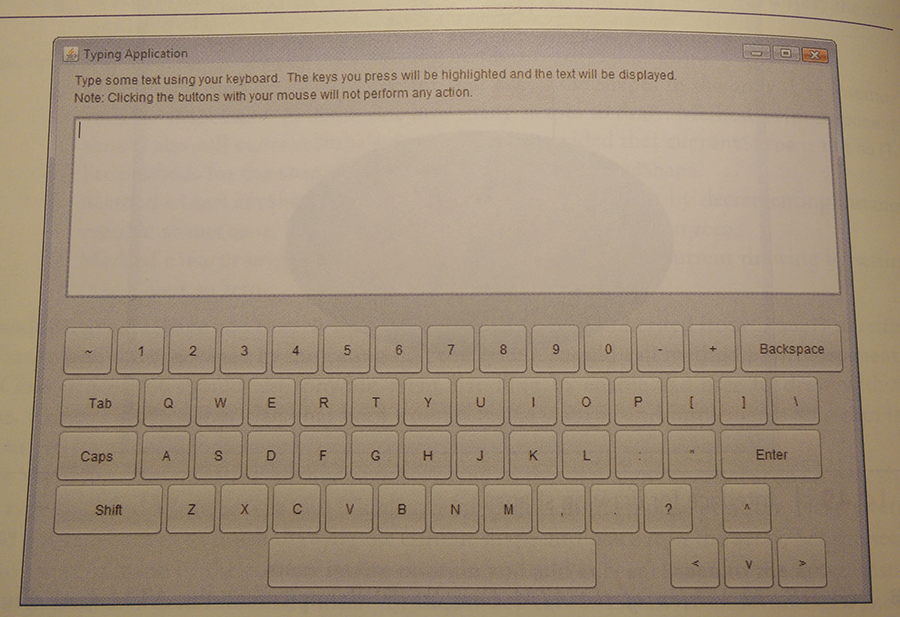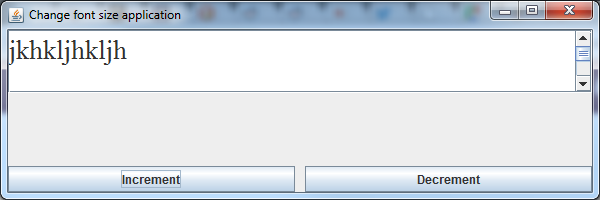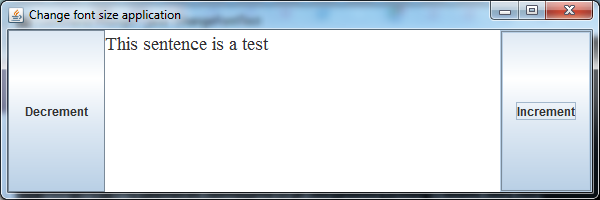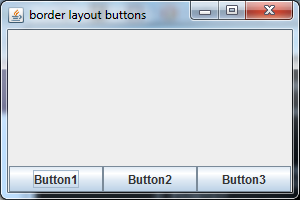Well, I had a look at it earlier on but I wasn't sure how that works, if this is what you're referring to http://docs.oracle.com/javase/7/docs/api/java/awt/event/KeyEvent.html
Reading that again now, you mean like numbers should be from VK_0 to VK_9 and letters from VK_A to VK_Z ?
Once I sort that out, is it possible to add the buttons to the row panels (assuming I have something like this
private JPanel row1;
private Jpanel row2;
private Jpanel row3;
private Jpanel row4;
private Jpanel row5;
) directly from within the Map declaration? SO, say, something like this:
mp.put(new Integer(xxx), row1.add(new JButton("~")));
...
thanks




